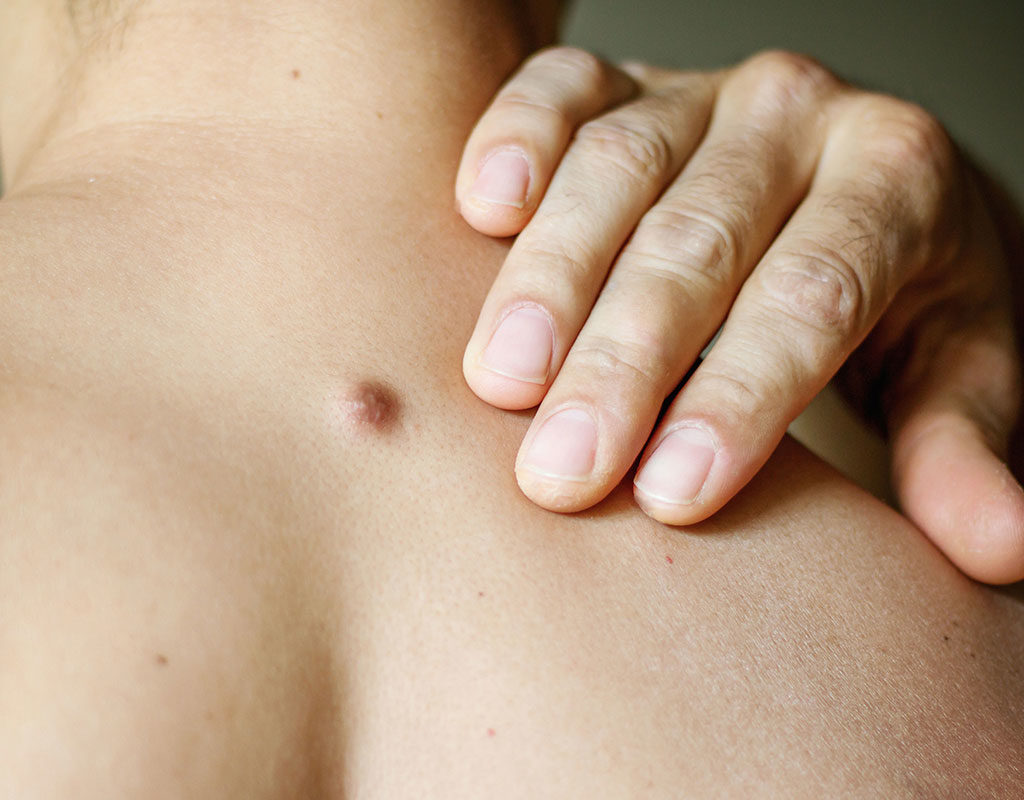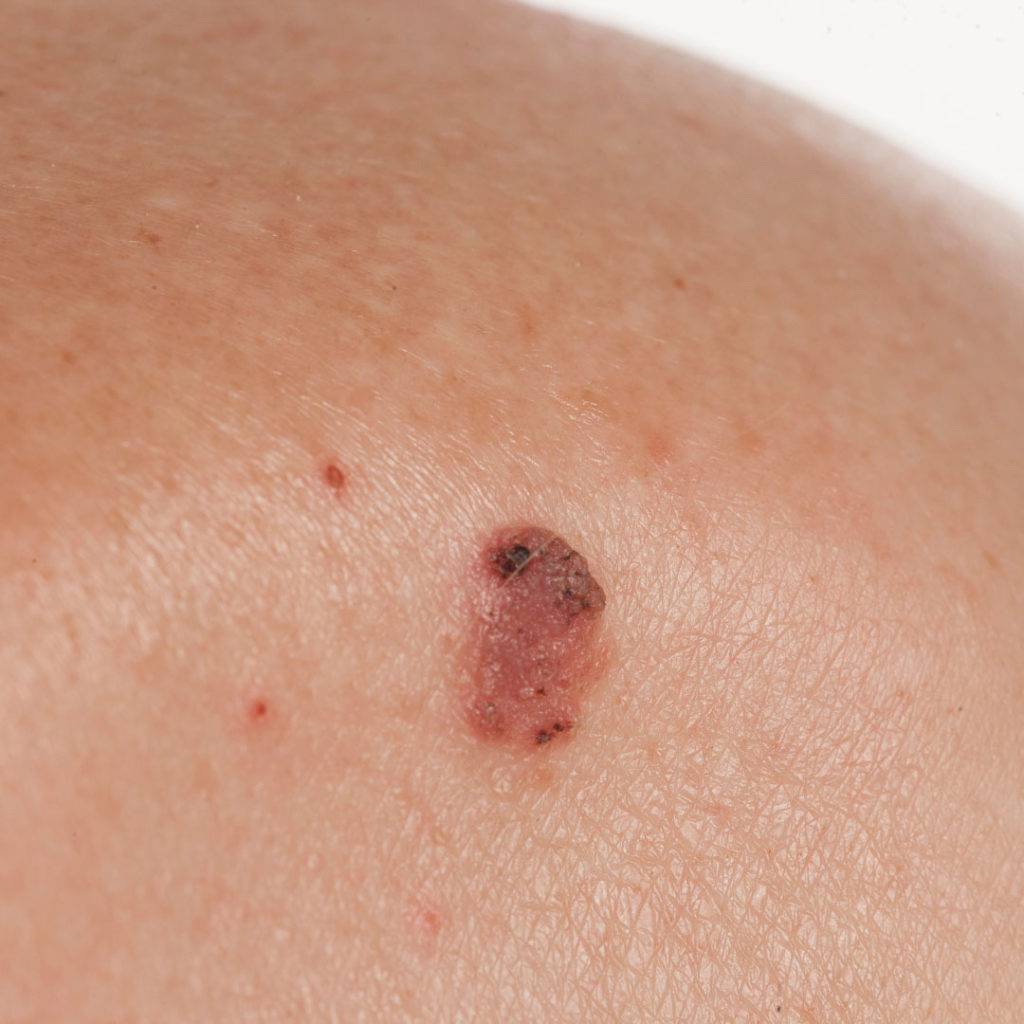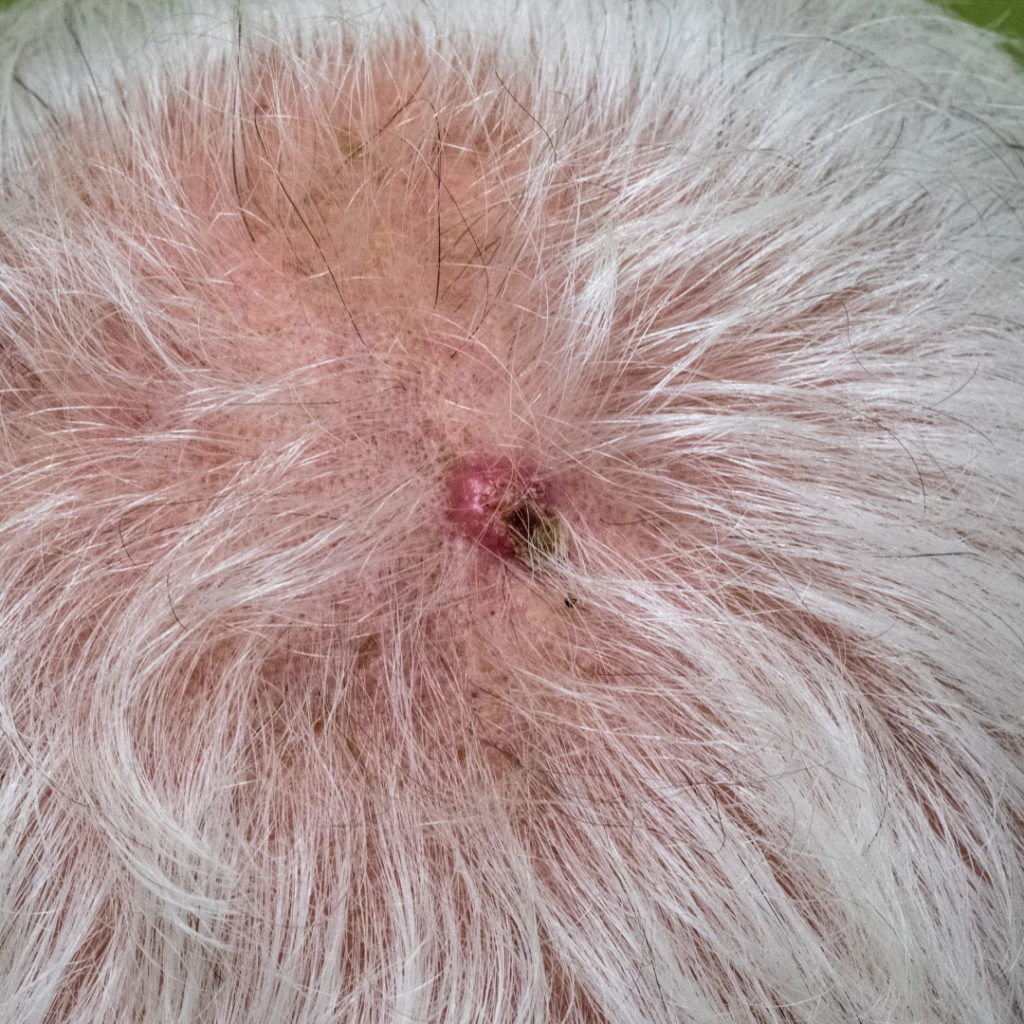Skin Cancer Screening & Treatment in Dayton, Ohio
Ohio Skin Center, Treating Melanoma, Squamous Cell Carcinoma (SCC) and Basal Cell Carcinoma (BCC) in Dayton
When it comes to keeping your skin safe, healthy and beautiful, Dr. Rishi Gandhi puts your skin health first. He’s fellowship-trained in Mohs Micrographic and Reconstructive Surgery, making him the best choice for treating, removing and repairing skin affected by skin cancer.
Our newly renovated modern facility has surgery suites equipped with cutting-edge technology to diagnose and treat cancers at any stage, including squamous cell and basal cell carcinomas and melanoma.
Skin cancer is the most common cancer among men and women. And while physicians know some of the causes, the best way to prevent skin cancer is early detection through proper yearly screening and reducing UV exposure.

Have Questions? Reach Out To Us To Learn More
Skin cancer screening
Common types of skin cancer
Melanoma
70-80% of melanomas appear on normal-looking skin. Melanoma is less common than squamous cell carcinoma and basal cell carcinoma but is the most serious form of skin cancer.
When detected early, melanoma has a very good survival rate, but it can be hard to detect without a dermatologist's help.
Melanomas appear in moles of different sizes and shapes and dermatologists recommend using the ABCDE method to recognize suspicious moles or growths on the skin.
A- ASYMMETRY: Look for moles that are asymmetrical or uneven if you drew a line down the middle.
B- BORDER: Most normal moles have even borders and are round or oval. Melanoma moles look more irregular and have scalloped, notched or undefined edges.
C- COLOR: Moles with uneven coloring are concerning. Keep an eye for shades of blue, black, red, white or pink.
D- DIAMETER: Melanoma moles continue to grow. If you see a mole changing size or is ¼ inch or larger, it’s cause for concern.
E- EVOLVING: Melanoma moles change in size, shape and color. Be on the lookout.
Treatment for melanomas includes excisional surgery, immunotherapy, targeted therapy, chemotherapy or radiation.

Squamous Cell Carcinoma (SCC)
Squamous cell carcinomas grow aggressively but respond well to treatment.
SCCs most commonly appear on sun-exposed areas like the face, neck, ears, scalp and hands.
Treatments for squamous cell carcinomas (SCC) include excisional surgery, Mohs surgery, cryosurgery, curettage or electrosurgery, laser surgery, radiation, photodynamic therapy (PDT) and topical medications.

Basal Cell Carcinoma (BCC)
Caused by UV sun exposure, basal cell carcinomas are usually found on the ears, scalp, face, neck, shoulders and back.
Basal Cell Carcinoma is the most common form of skin cancer and can cause disfiguration if not treated early.
Like other skin cancers, basal cell carcinomas are identified by open sores that don’t seem to heal, red scaly patches, shiny nodules or wart-like bumps or an area of skin that looks shiny and pulled tight like a scar.
Treatment options for basal cell carcinoma (BCC) include cryosurgery, Mohs surgery, radiation, photodynamic therapy, laser surgery, curettage or electrosurgery, topical medications and oral medications.

Skin cancer treatments available at Ohio Skin Center in Dayton
Freezing / Cryosurgery (Liquid Nitrogen)
Cryosurgery with liquid nitrogen is used to freeze precancers called actinic keratoses. It’s a quick and mildly painful procedure. Actinic Keratoses, if left untreated, may turn into skin cancer.
Curettage or Electrosurgery
Skin cancer cells are scraped or shaved away and the remaining cancer cells are killed with a heated instrument or a topical agent.
Excisional Surgery
Your dermatologic surgeon removes the entire skin cancer.
MOHS Micrographic Surgery
Removal of cancerous skin one layer at a time. An intricate surgical procedure designed to preserve surrounding healthy tissue.
Topical Medications
Topical medications applied to the skin activate the immune system and attack the cancerous skin cells.
